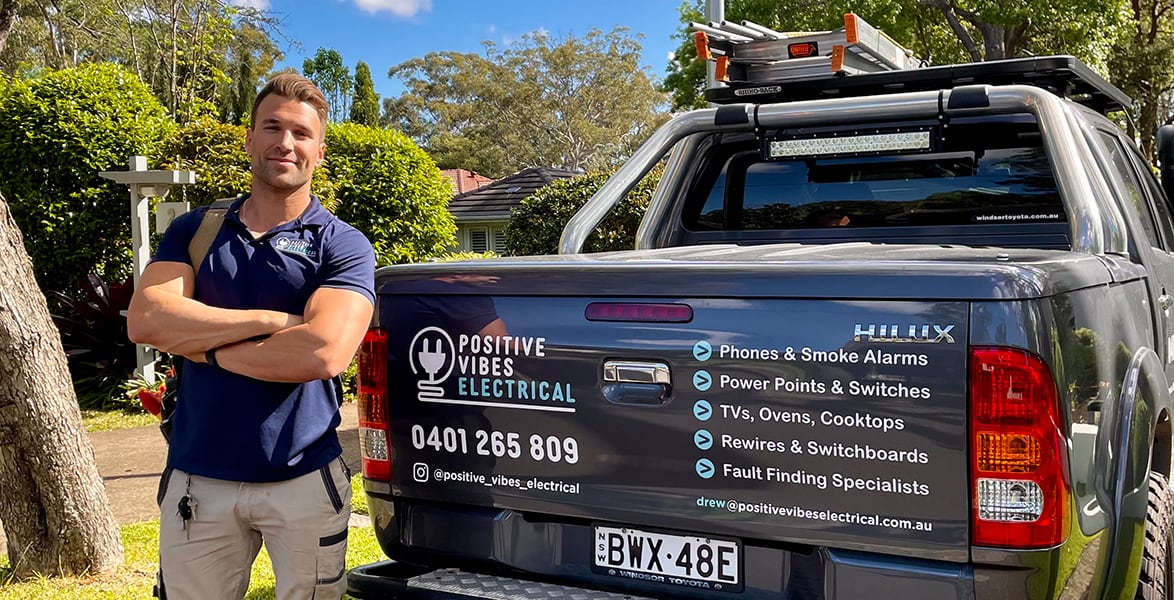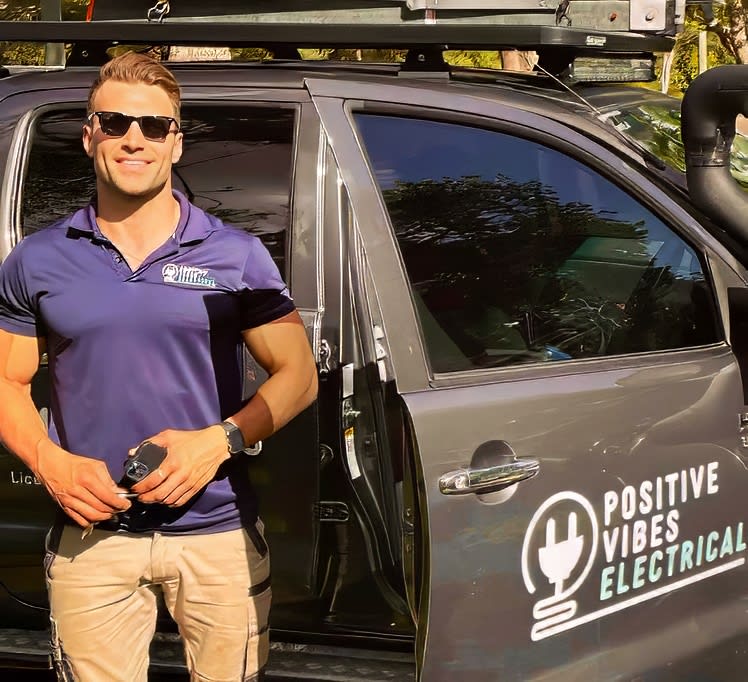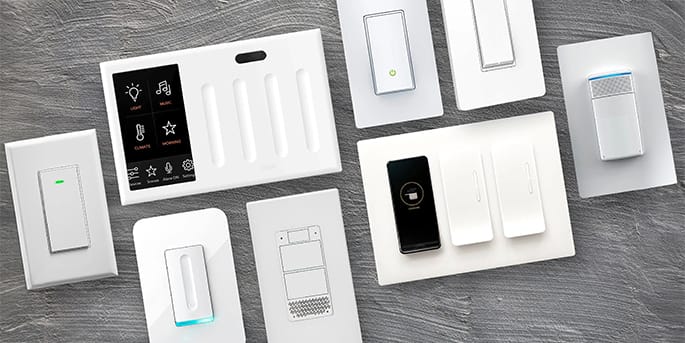
Electrical Installations Sydney
Electricians for Your Electrical Installations
At Positive Vibes Electrical, we specialise in providing expert electrical installation services for residential and commercial properties in Sydney. Whether you need new lighting installations, power upgrades, or smart home automation systems, our team is here to help. No job is too big or too small and all of our electrical installations are 100% guaranteed.
Our electricians have 15+ years of experience in the industry and are fully licensed and insured to perform a wide range of electrical installations. We take pride in delivering high-quality workmanship, exceptional customer service, and reliable electrical solutions that meet your needs and exceed your expectations.
Whether you're renovating your home, upgrading your office lighting, or installing new appliances, our electricians have the expertise and resources to get the job done right.

Drew came out to help me with lighting issues. He solved them quickly and effortlessly. I would highly recommend Drew and would no doubt to use him again.
Expert Electrical Services You Can Trust
Positive Vibes Electrical has you covered no matter what electrical installation you need. Our electricians are highly skilled, experienced, and dedicated to providing you with impeccable workmanship and exceptional customer service. We take the time to understand your requirements and tailor a solution to meet your needs.
100% Guaranteed Electrical Installations!
Thank you Drew for your concise explanation of the work, professional attitude, super neat and clean work and caring conduct around our pets. We highly recommend...

Electrical Installation FAQ's
We offer a wide range of electrical installations for homes and businesses, including new appliance installations, outdoor lighting installations, ceiling fan installations, new light switch installations, surge protection installation, and new electrical panel installations. Basically, if it involves electricity, we can install it! If you need a specific electrical installation service, contact us for more information.
To prepare for an electrical installation, make sure the area is clear of clutter and obstacles to allow our electricians to work safely and efficiently. If you have any specific requirements or preferences for the installation, please let us know in advance so we can accommodate your needs. Our team will take care of the rest and ensure that your electrical installation is completed to the highest standards.
While you don't need to be home during the electrical installation, we recommend that you are available to answer any questions or provide access to the property if needed. Our electricians are professional, reliable, and respectful of your home or business, so you can trust that your electrical installation will be completed safely and efficiently in your absence.
Yes, we do! Whether you need a small electrical installation for your home or a large commercial installation for your business, our electricians have the expertise and resources to handle projects of all sizes. No job is too big or too small for Positive Vibes Electrical, and we are committed to providing you with exceptional service and reliable solutions that meet your needs.


Make A Booking Today















